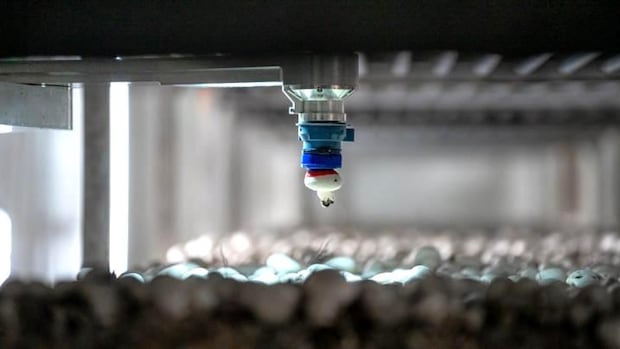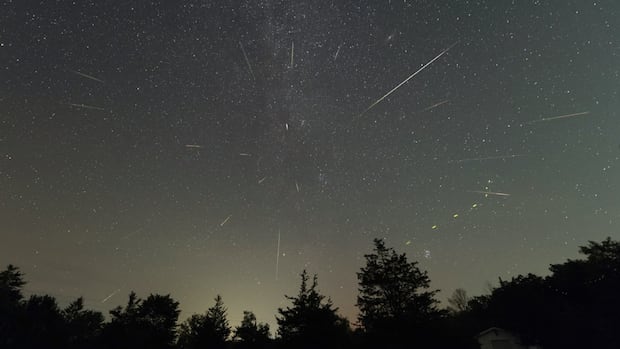Scientists from the University of Calgary have discovered a new dinosaur specimen that they say appears to be the “missing link” in the evolution of tyrannosaurs.
The specimen was originally discovered in Mongolia’s Gobi Desert over 50 years ago in the 1970s, but its significance wasn’t recognized until Darla Zelenitsky, an associate professor in the university’s faculty of science, sent graduate student Jared Voris to Mongolia on a research trip.
“He was there a couple of years ago on this research trip and looked at the fossil and texted me [that] he thought it was a new species. I was like, ‘Yay,”‘ Zelenitsky told The Canadian Press.
“I said, ‘This is good, but we don’t want to jump the gun on this.’ It turned out it [was] a new species.”
Siberia to Alaska 85 million years ago
The species, Khankhuuluu mongoliensis — meaning “Dragon Prince” or “Prince of Dragons of Mongolia” — is believed to have crossed via a land bridge from Siberia to Alaska roughly 85 million years ago.
Zelenitsky said it appears to sit on the evolutionary scale between smaller tyrannosauroids and tyrannosaurs.
“It’s the missing link between smaller tyrannosauroids and the large predatory tyrannosaurs,” she said.
“This missing link was around 750 kilograms. Its ancestors were a couple of hundred kilograms and just tiny, but then when you get to tyrannosaurs proper, they were over a thousand kilograms, up to estimates of 5,000 kilograms.”
The findings were published Wednesday in the British weekly scientific journal Nature.
“It’s really exciting to be involved in a discovery of something that’s been sitting in a drawer for 50 years. But it’s even more exciting when it’s a PhD student that makes that discovery,” Zelenitsky added.
“This discovery forced us to look at the family tree of tyrannosaurs in a very different light. It ended up with us rewriting the family history of tyrannosaurs.”
Right place, right time
The arrival of Khankhuuluu or a similar species after moving from Asia to North America may have been the result of following their prey to a new location, said Zelenitsky.
“It’s possible that there weren’t many tyrannosaur type predators so it’s possible they were able to take over that niche in North America and moved to the top of the food chain,” she said.
“Tyrannosaurs were in the right place at the right time. It allowed them to diversity and evolve a large body size, ultimately becoming the massive apex predator that terrorized North America and Asia during the late Cretaceous period.”
Zelenitsky said the evolution to the tyrannosaur happened rapidly, geologically speaking, and probably took a few million years.
She has co-authored over 50 different publications during her career and was part of a team that first found evidence of feathered dinosaurs in North America.






